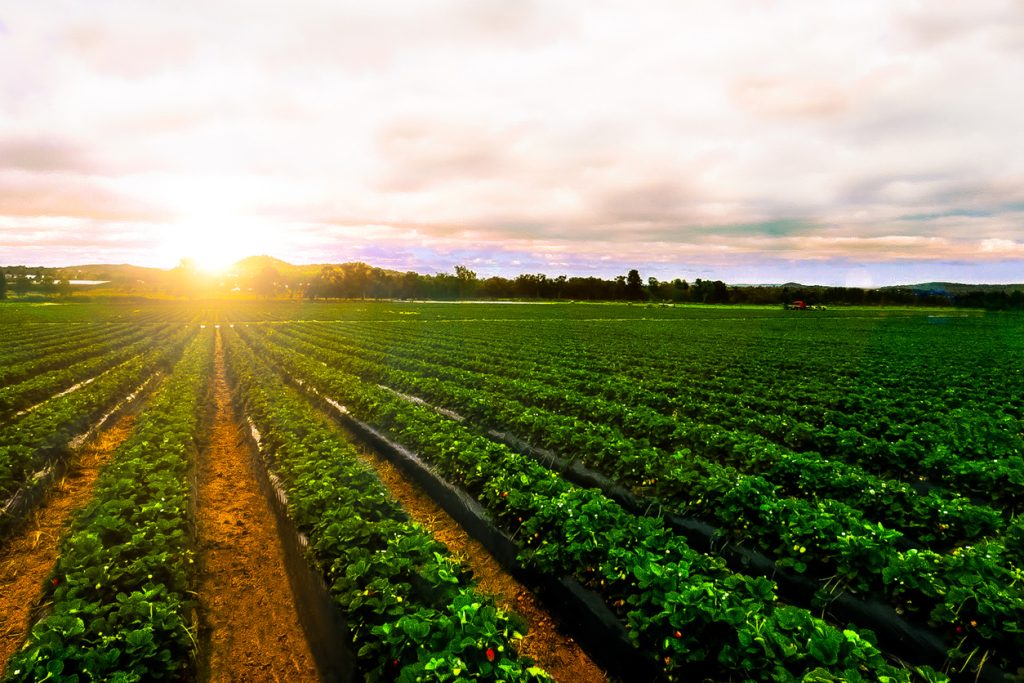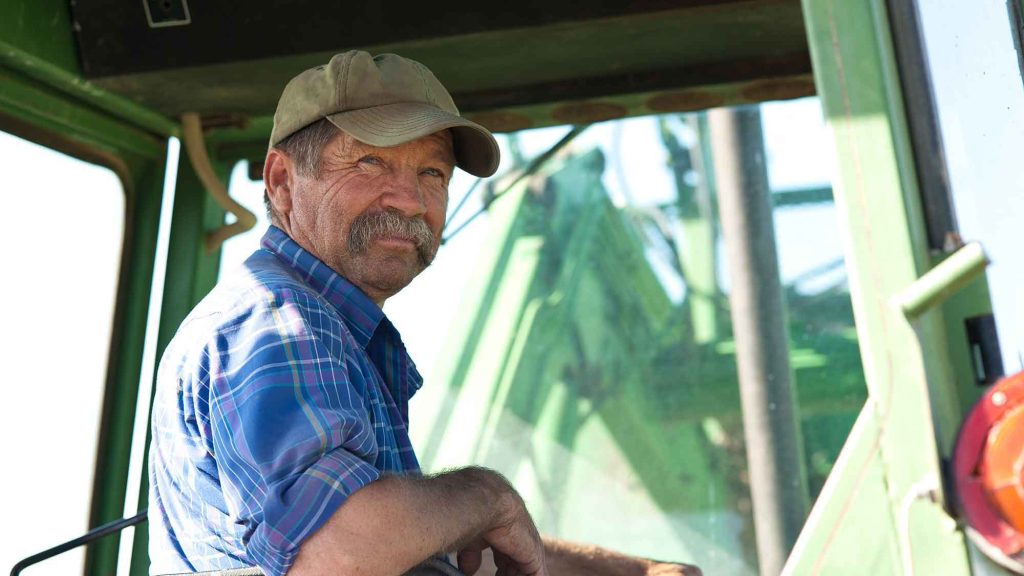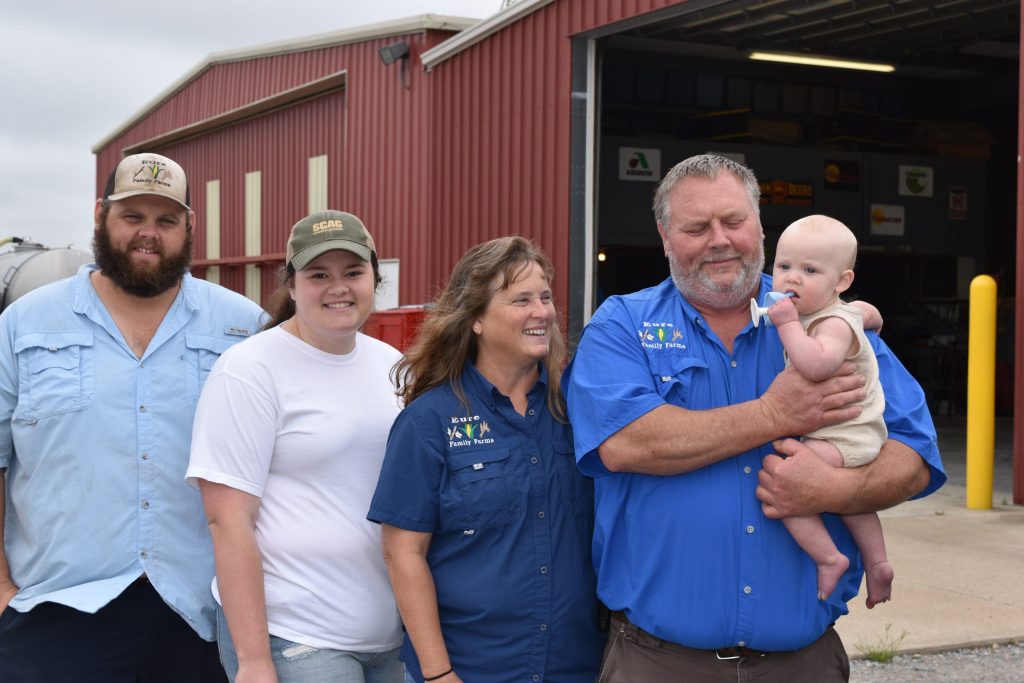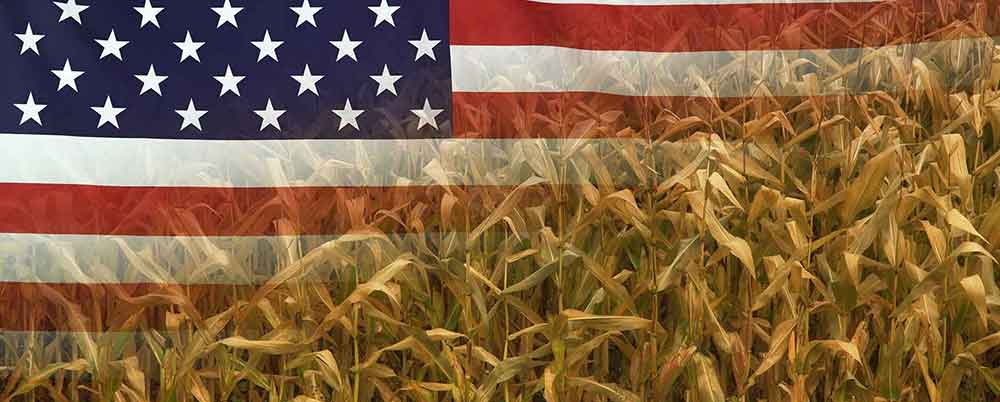30 Years In and Still Reforming – New Keep America Growing Podcast Episode

Did you know that 2024 marks the 30-year anniversary of the 1994 Crop Insurance Reform Act? This means crop insurance has been expanding and adapting to the risk management needs of U.S. agriculture for three decades now. Given this important 30-year anniversary, National Crop Insurance Services (NCIS) and its president, Tom Zacharias, took some time […]
Expand Your Crop Insurance Knowledge with the Latest Resources

These last few years, many of us have gained an even deeper appreciation for America’s farmers and ranchers – and the daily challenges they face to feed, fuel, and clothe America’s growing population. Farmers are key to maintaining our food security, which is why we work hard to ensure that all farmers have the tools […]
NEW PODCAST EPISODE 🌱 Key Crop Insurance Date in March

Spring is the season of new beginnings, bringing warmer weather and sunshine, and college hoops and March Madness! It’s also the time for farmers to decide which spring crops they want to insure for the 2024 crop year. This is a critical decision for farmers because growing the most abundant and inexpensive food supply in […]
New Podcast Episode: Keep America Growing

NEW PODCAST EPISODE 🌱 Keep America Growing When you think of agriculture and farming in America, what immediately comes to mind? For many, it’s the rolling corn and soybean fields in the Midwest. But America’s farmers grow many different types of fruits and vegetables throughout the country, requiring a diverse crop insurance program that meets […]
“Four Corners” of Agriculture Support Crop Insurance

Leadership from the Senate and House Agriculture Committees delivered a clear message to the crop insurance industry convention yesterday: Crop insurance has bicameral and bipartisan support from the “Four Corners” of agriculture. Senate Agriculture Committee Chairwoman Debbie Stabenow (D-MI) and Ranking Member John Boozman (R-AR), and House Agriculture Chairman Glenn “GT” Thompson (R-PA-15) and Ranking […]
Crop Insurers Building on Crop Insurance’s Strong Foundation

America’s crop insurers are committed to building on the foundational principles of crop insurance to strengthen the farm safety net and offer more risk management products to more farmers. “Congress has repeatedly voted to strengthen crop insurance over the years, laying the foundation for a smart, actuarially-sound Federal policy,” said Scott Arnold, chair of National […]
New Voter Polling Confirms Importance of Strong Crop Insurance Program

Registered voters support farmers and the protection provided by the crop insurance program, according to recently released data from National Crop Insurance Services (NCIS). American voters are asking Congress to support family farmers by passing a Farm Bill that protects, preserves, and improves crop insurance. A national poll of more than 1,100 registered voters conducted […]
New Podcast: Keep America Growing

Crop insurance is one of the most instrumental components of a strong farm safety net. But with terms like “Actuarial Soundness” or “Whole-Farm Revenue Protection,” it might sometimes feel like you need to be an insurance whiz to fully understand how this public-private partnership works. To keep you up-to-date and in-the-know about crop insurance, National […]
NCIS Scholarship Program Helps Deserving Students

The crop insurance industry is actively working to increase the diversity in its workforce to reflect the diversity of the farmers it serves, and National Crop Insurance Services (NCIS) is proud to be part of this effort by supporting deserving students at the historically Black 1890 Land-Grant Institutions. For more than a decade, NCIS has […]
Celebrating Another Year Protecting Farmers

For decades, crop insurance has been a key component to the tremendous success of our country’s agricultural economy – and the same was true this year. Farmers all across America relied on crop insurance to navigate risks like unplanned weather events and keep their farms growing. With 2024 around the corner and the holiday season […]

